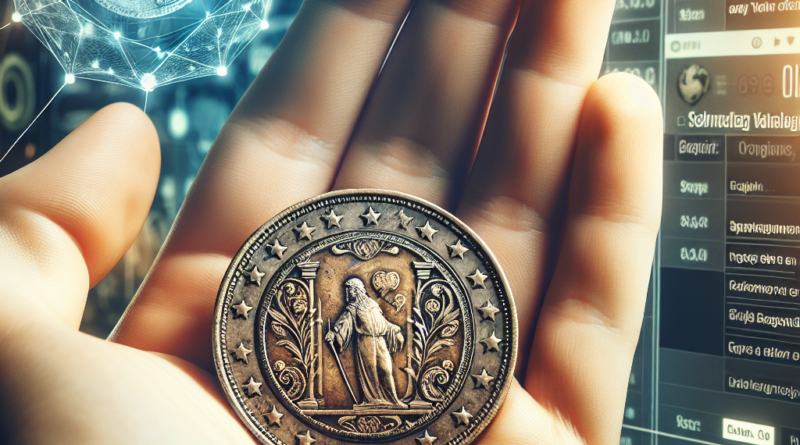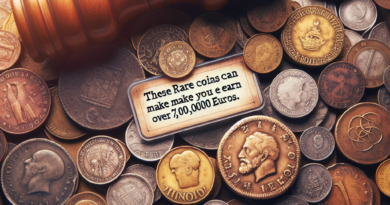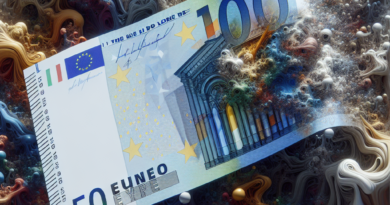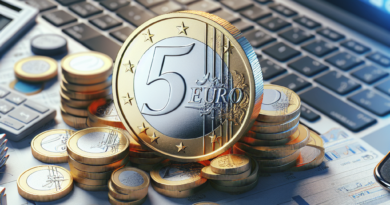Rare Coin Worth Up to 3,000 Euros
Earn €3,000 in a Few Minutes with a Rare Coin?
Is it possible to earn €3,000 in just a few minutes thanks to a rare coin? Well, it is possible, but you would need to be incredibly lucky.
Today, we are taking a look at a rare coin – a 100 drachma piece, the former Greek national currency before the introduction of the euro.
The Value of Rare Coins
Rare coins not only carry a strong nostalgic value but can also be a potential source of income, especially for those who have traveled extensively in the past and have inadvertently kept some foreign currencies as souvenirs.
In Greece, the drachma was in use before the euro era.
While most drachma coins have stabilized in value since the adoption of the euro, there is a particular 100 drachma coin that collectors are willing to pay up to €3,000 for.
The Story of the 100 Drachma Coin
In recent years, many individuals who had held onto 100 drachma coins have started selling them online, asking for significant sums of money in return.
However, according to experts, these coins are considered to have a negligible value, around €2 or slightly more.
There are, however, some 100 drachma coins featuring Alexander the Great on one side that are worth €3,000 each.
Specifically, there are only 15 coins minted in 1990 in PROOF condition, which is the highest quality of coin a mint can produce, and unfortunately, as of today, they are all in the hands of collectors.
Old Currencies in the Eurozone
According to a recent report from the Bank of Greece, the total value of drachma still held by citizens amounts to around €500 million.
These are coins and banknotes that Greeks have either forgotten about or chose not to exchange for euros.
A similar situation can be seen in Italy and the other Eurozone countries, where citizens possess old currencies totaling €15 billion, calculated based on the exchange rate at the time of the euro’s introduction.
Unfortunately, it is no longer possible to exchange these old national currencies for euros in Italy, Greece, France, and Finland.
In this scenario, the luckiest individuals are the Germans.
The Bundesbank has stated that they will continue to exchange old Deutschmarks for euros without any limit, for now.
Data reveals that just under half of the €15 billion, around €6.5 billion, corresponds to German marks, with almost half of that amount in banknotes.
Despite the well-known attachment of Germans to the mark, as well as to cash, it is surprising that so many German marks remain forgotten in drawers.




